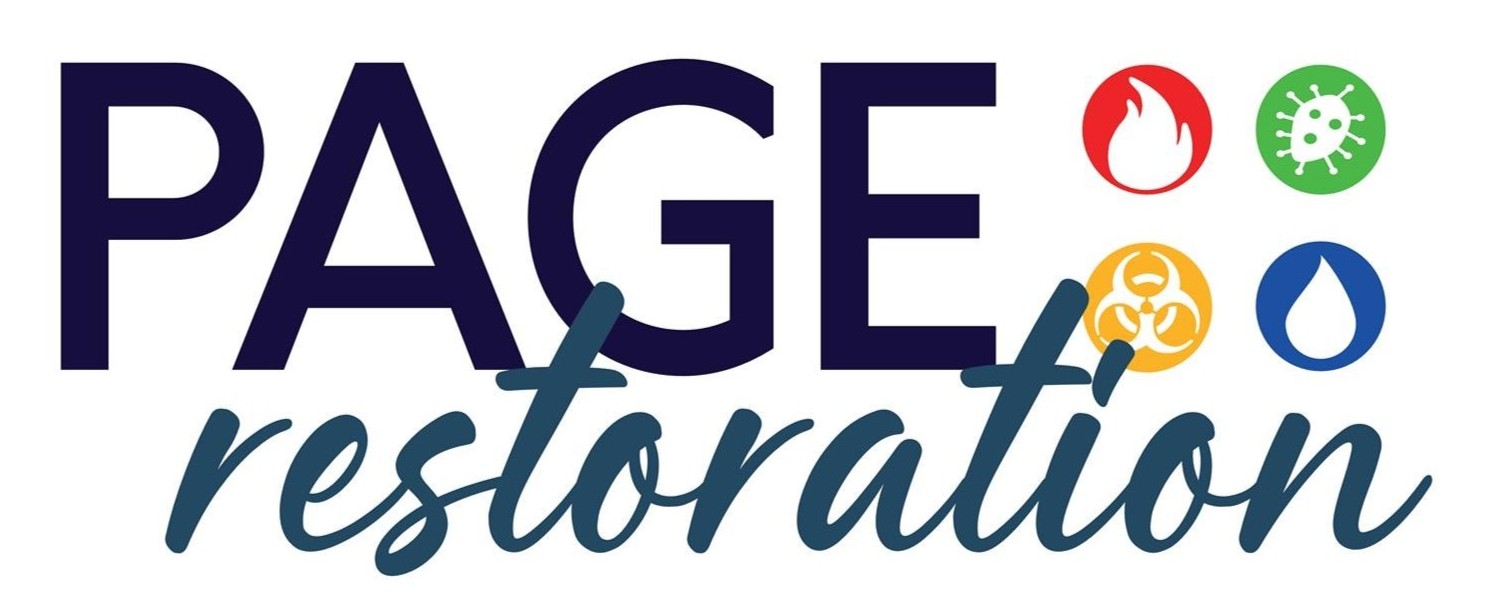7 Best Strategies for Managing Organizational Change
Organizational change is a reality that every business will have to face sooner or later. The success of a company often depends on how well it handles such changes, whether it’s introducing new technology, rebranding, or restructuring.
There’s no denying that managing an organizational change is difficult, and it requires a great deal of planning, strategy, and communication. Below, the Wylie Chamber of Commerce shares seven ideal strategies you can employ to manage organizational change successfully.
1. Focus on Being an Effective Leader
Effective leadership is crucial when it comes to managing organizational change. Every business leader must set the tone and direction of the change. This requires them to have a clear understanding of the desired outcome and to communicate this effectively to their team. A good leader also thinks creatively, inspires and motivates their team, and creates a positive atmosphere for change.
2. Define Your Goals for the Organizational Change
Before embarking on any change, it’s essential to define the goals you want to achieve. These goals should be specific, measurable, achievable, relevant, and time-bound (SMART). Having such goals will help you and your team stay focused and remain on track throughout the change process. Defining clear objectives also means that you can measure the success of the change once it’s been implemented.
3. Map Out a Detailed Plan
Change cannot be managed effectively without a detailed plan. Your plan should outline the steps that you need to take, the timeline for these steps, and the personnel responsible for each step.
Mapping out a plan equips you and your team to identify potential obstacles before they arise; then, you can prepare accordingly. Moreover, your plan should be flexible so that you can easily make adjustments if necessary.
4. Communicate Well with Your Team
Clear communication is also critical during the change process. Your team should always be informed of what is going on, the steps being taken, and how these steps fit into the bigger picture.
Keep your communication consistent, transparent, and frequent. Doing so will help ensure that everyone is on the same page and can work together to achieve the desired outcome.
5. Deal with Obstacles
It’s not uncommon for employees to resist change, even if it’s for the benefit of the organization. As a business owner, you must recognize that resistance is natural, and you must prepare to deal with it when it arises.
One way to mitigate resistance is to involve employees in the planning process. This will give them a sense of ownership and ensure they feel valued and heard. Additionally, try to identify other potential obstacles early on and put a plan in place to address them.
6. Train Your Team
As your organization evolves, you need to prioritize employee training during times of change. Investing in your team's growth not only fosters a positive work culture but also empowers them to adapt and thrive in new circumstances.
Keep the lines of communication open, and offer ample opportunities for learning and development. Make sure your training sessions are engaging, relevant, and tailored to individual needs. You should also have digital and physical copies of training material for everyone to access easily as needed. PDFs are the go-to format for training guides, since you can easily edit them so they’re always up to date. PDFs also look great when they’re printed out. If your training material is extensive, use a PDF splitter to separate it into sections so it’s easier for employees to search through online and find the info they need. Splitting up the pages also makes it easier to print.
Remember: A well-prepared workforce is the backbone of a successful transition. So embrace this chance to help your employees shine even brighter!
7. Measure the Impact of the Change
Implementing change is one thing — measuring it is something else altogether. Effectively measuring the impact of an organizational change allows you to assess whether it has been successful and to identify any areas that may require further attention.
Be sure to define metrics that align with the goals you set earlier, track these metrics, and analyze the results. You’ll have a clear picture of the change’s impact, which will help you determine if and when to make adjustments.
Managing organizational change is a complex process, but you must know how to do it effectively if you want to sustain success for your business. Becoming an effective leader, defining your goals, developing a plan, measuring impact, and following the other tips above will get you off to a strong start. The more effectively you learn to navigate organizational change, the more likely you will minimize disruption and keep your company on a path of growth and success.
Become a member of the Wylie Chamber of Commerce to receive invaluable resources and event access that will help you build a thriving business!
This Local Deal is promoted by Wylie Area Chamber of Commerce.

























